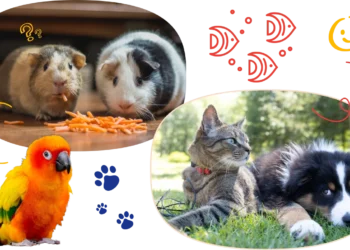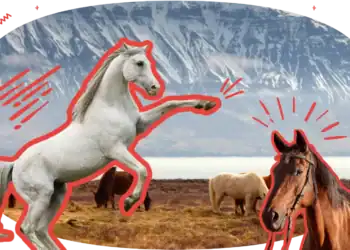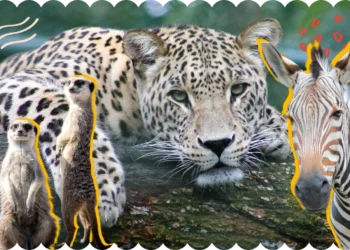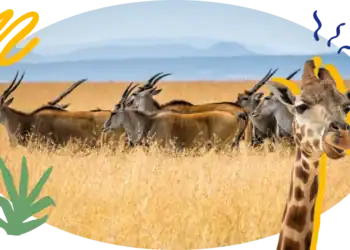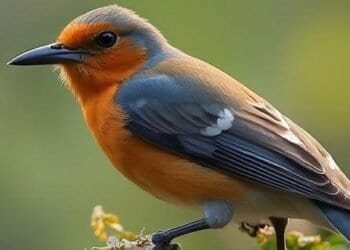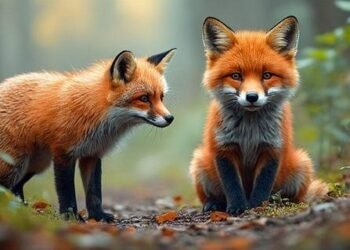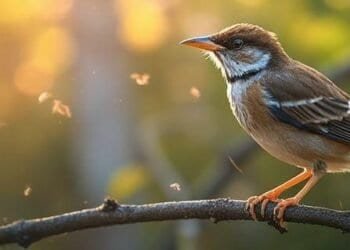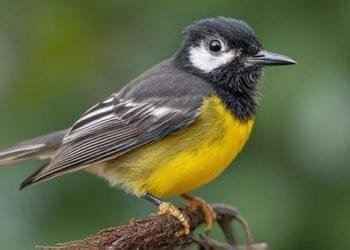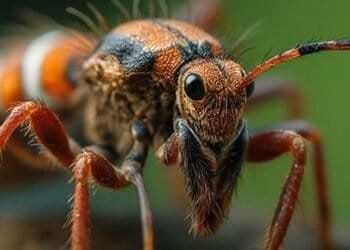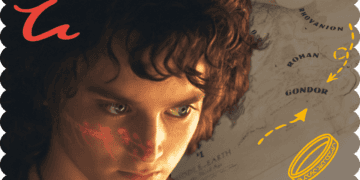How well do you know the striped wonders of the animal kingdom? Dive into our zebra trivia to explore fascinating facts about their distinctive black-and-white patterns, social behaviors, and survival tactics. From their native habitats to their family ties with horses, this quiz covers it all!
Zebras are far more than just striped horses roaming the savannas. Their adaptations, from grooming habits to evasive strategies against predators, reveal a complex social and biological story. Test your knowledge and discover intriguing details that often go unnoticed about these charismatic creatures.
Ready to challenge yourself with more exciting trivia? Check out our Marvel trivia for superhero fans, explore the spooky mysteries in Supernatural trivia, or take a nostalgic trip with our 80s movie trivia. Each quiz offers unique insights and a fun way to learn more about the topics you love.
What type of animal is a zebra?
Horse
Horse
Equid
Equid
Donkey
Donkey
Deer
Deer
Which continent is the natural home of the zebra?
Asia
Asia
Europe
Europe
Australia
Australia
Africa
Africa
Which pattern is most closely associated with zebras?
Horizontal lines
Horizontal lines
Spots
Spots
Black-and-white stripes
Black-and-white stripes
Polka dots
Polka dots
Zebras are most closely related to which of the following animals?
Buffalo
Buffalo
Rhinoceroses
Rhinoceroses
Antelopes
Antelopes
Horses
Horses
How many species of zebra exist in the wild today?
Four
Four
Three
Three
Two
Two
Six
Six
Which of these is NOT a species of zebra?
Desert zebra
Desert zebra
Grevy’s zebra
Grevy’s zebra
Mountain zebra
Mountain zebra
Plains zebra
Plains zebra
What is the most common species of zebra?
Grevy’s zebra
Grevy’s zebra
Plains zebra
Plains zebra
Mountain zebra
Mountain zebra
Hartmann’s zebra
Hartmann’s zebra
What is the primary purpose of a zebra’s stripes, according to recent scientific findings?
Cooling the body
Cooling the body
Marking territory
Marking territory
Camouflage against predators
Camouflage against predators
Attracting mates
Attracting mates
Which predator poses the biggest threat to zebras in the wild?
Lions
Lions
Cheetahs
Cheetahs
Hyenas
Hyenas
Wild dogs
Wild dogs
Which zebra species has the narrowest stripes?
Mountain zebra
Mountain zebra
Chapman’s zebra
Chapman’s zebra
Grevy’s zebra
Grevy’s zebra
Plains zebra
Plains zebra
What is a group of zebras called?
Herd
Herd
Troop
Troop
Pack
Pack
Parade
Parade
What do zebras primarily eat?
Fruit
Fruit
Grass
Grass
Insects
Insects
Leaves
Leaves
Which sense allows zebras to detect distant sounds using highly mobile ears?
Sight
Sight
Taste
Taste
Hearing
Hearing
Smell
Smell
How do zebras typically communicate with each other?
Mimicry of other animals
Mimicry of other animals
Vocalizations and body language
Vocalizations and body language
Whistles
Whistles
Color changes
Color changes
Which zebra species is considered the largest?
Grevy’s zebra
Grevy’s zebra
Plains zebra
Plains zebra
Mountain zebra
Mountain zebra
Hartmann’s zebra
Hartmann’s zebra
What is the main color of a zebra’s skin underneath its fur?
Black
Black
Brown
Brown
White
White
Pink
Pink
How long is the gestation period for most zebras?
6 months
6 months
15 months
15 months
12 months
12 months
18 months
18 months
Which of these animals often migrates alongside zebras in Africa?
Cheetahs
Cheetahs
Lions
Lions
Giraffes
Giraffes
Wildebeest
Wildebeest
How do zebra foals recognize their mothers?
By scent and vocalization
By scent and vocalization
By diet
By diet
By their size
By their size
By their stripes
By their stripes
In which environment are mountain zebras primarily found?
Rainforests
Rainforests
High plateaus and mountains
High plateaus and mountains
Wetlands
Wetlands
Deserts
Deserts
What adaptation helps zebras survive in the wild?
Prehensile tails
Prehensile tails
Webbed feet
Webbed feet
Ability to run at high speeds
Ability to run at high speeds
Sharp claws
Sharp claws
What is unique about each zebra’s stripes?
Same pattern across all individuals
Same pattern across all individuals
Unique to each individual
Unique to each individual
Reflects their diet
Reflects their diet
Changes each year
Changes each year
Which of these zebra types is categorized as endangered?
Chapman’s
Chapman’s
Plains
Plains
Grevy’s
Grevy’s
Mountain
Mountain
What time of day are zebras most active?
Dawn and dusk (crepuscular)
Dawn and dusk (crepuscular)
Middle of the day
Middle of the day
Night (nocturnal)
Night (nocturnal)
Late evening
Late evening
Which country is home to the largest populations of Grevy’s zebras?
Ethiopia
Ethiopia
Botswana
Botswana
Kenya
Kenya
South Africa
South Africa
What is the main reason for the decline in some zebra populations?
Poor eyesight
Poor eyesight
Habitat loss and hunting
Habitat loss and hunting
Predation
Predation
Disease
Disease
Which famous wildlife migration includes thousands of zebras?
Arctic tern migration
Arctic tern migration
Monarch butterfly migration
Monarch butterfly migration
Serengeti migration
Serengeti migration
Salmon run
Salmon run
How do zebras defend themselves from predators?
Digging burrows
Digging burrows
Climbing trees
Climbing trees
Biting and kicking
Biting and kicking
Blending in trees
Blending in trees
Which part of a zebra foal is brownish and gradually changes to black as it grows?
Tail
Tail
Hooves
Hooves
Manes
Manes
Stripes
Stripes
Who first described the zebra in Western scientific literature?
Pliny the Elder
Pliny the Elder
Carolus Linnaeus
Carolus Linnaeus
Charles Darwin
Charles Darwin
David Livingstone
David Livingstone
Which zebra species is typically characterized by having stripes that extend across its entire belly?
Hartmann’s mountain zebra
Hartmann’s mountain zebra
Mountain zebra
Mountain zebra
Grevy’s zebra
Grevy’s zebra
Plains zebra
Plains zebra
What is a notable behavior of zebras during social grooming?
Nibbling each other’s fur
Nibbling each other’s fur
Rolling in mud
Rolling in mud
Dust-bathing
Dust-bathing
Scent marking
Scent marking
You can do better
Not bad
Great!
Think you know your zebras? Take on fun animal trivia like dog trivia, dive into exciting Pokemon trivia, or explore history with 1950s geography trivia. Test yourself and learn something new!










